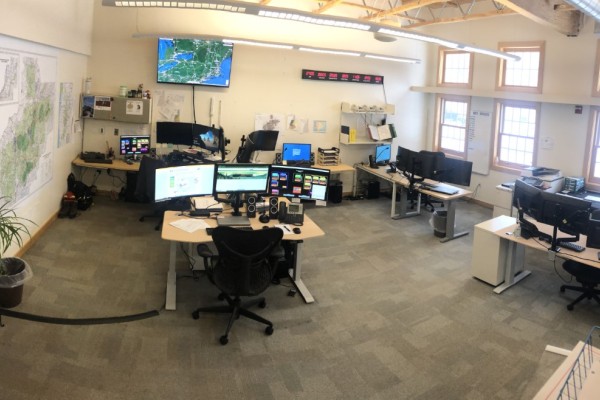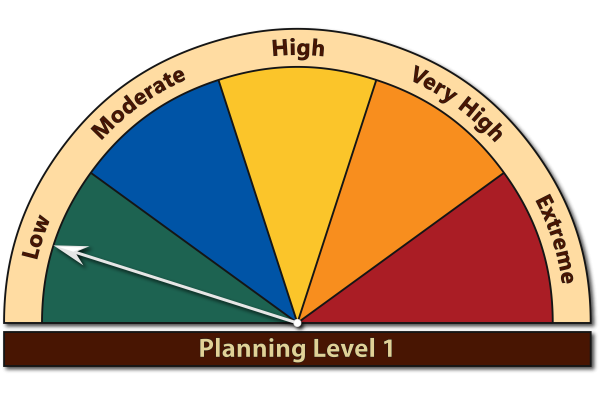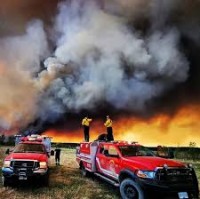The preparedness levels are established by the Northeastern Interagency Coordination Center (NECC) Center Manager, in consultation with the Executive Director throughout the calendar year. These levels are determined by specific management direction and consideration related to predicted fire behavior and weather, fire danger, resource availability and incident activity, including all-risk incidents.
Intelligence
NECC issues fire weather products to assist leadership with preparedness planning and fire operations. It utilizes WIMS to produce a daily Fuels Forecast spreadsheet that is distributed via email to a predetermined list. It also maintains the Northeast Compact SIT Report, which tracks statistical data related to fire occurrence and acreage, current fire danger, and synopsis of weather conditions and/or resource needs and availability. NECC also provides a Daily Availability Report that is run at 15:00 Eastern time, April through October or as activity dictates.
Situation Reports

Preparedness Plan

Area Preparedness Levels and Why They're Established
Compact Area preparedness level is determined from information provided by Agencies on the NECC Daily Situation and Availability Report and may be influenced by conditions in the Eastern Area (EA) and nationally. Members submit the Daily Situation and Availability Report to NECC at all preparedness levels.
Preparedness level may also be influenced by significant events and/or incident specific conditions. These factors may warrant elevating the preparedness level determination beyond the general guideline described.
Levels are established to communicate incident activity, fire severity, and resource commitment within the area. Levels identify the actions to be taken by the Compact.
Below you can find the current preparedness level of each NFFPC member state and province.




